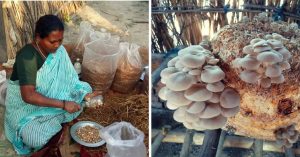TBI Blogs: How a 2005 Legislation Aims to Eliminate Domestic and Gender-Based Violence in India
This International Women’s Day, it is important to recognise the key issues that need to be tackled for gender equity in India. One of these is gender-based violence. The Protection of Women from Domestic Violence Act, 2005 has enacted provisions to help curb this menace.

This International Women’s Day, it is important to recognise the key issues that need to be tackled for gender equity in India. One of these is gender-based violence. The Protection of Women from Domestic Violence Act, 2005 has enacted provisions to help curb this menace.
The theme for 2017’s International Women’s Day was #BeBoldForChange. It called for taking groundbreaking action that truly drives the greatest level of change for women.
International Women’s Day is once again a reminder that every one of us, regardless of our gender, can influence change within our immediate spheres by taking bold, decisive, and pragmatic action to fast-track gender equity. It is a reaffirmation of the fact that through purposeful and focused collaboration, we can help women and girls advance and unleash their potential and be a driving force for change in our society. This International Women’s Day, the United Nations has called upon all of us to #BeBoldForChange, and challenge gender inequality and bias.
#BeBoldForChange and join CARE India’s journey towards identifying, spreading awareness, and addressing the root causes of gender-based violence.
Here are some key facts about the evolving scenario of gender-based violence in India:
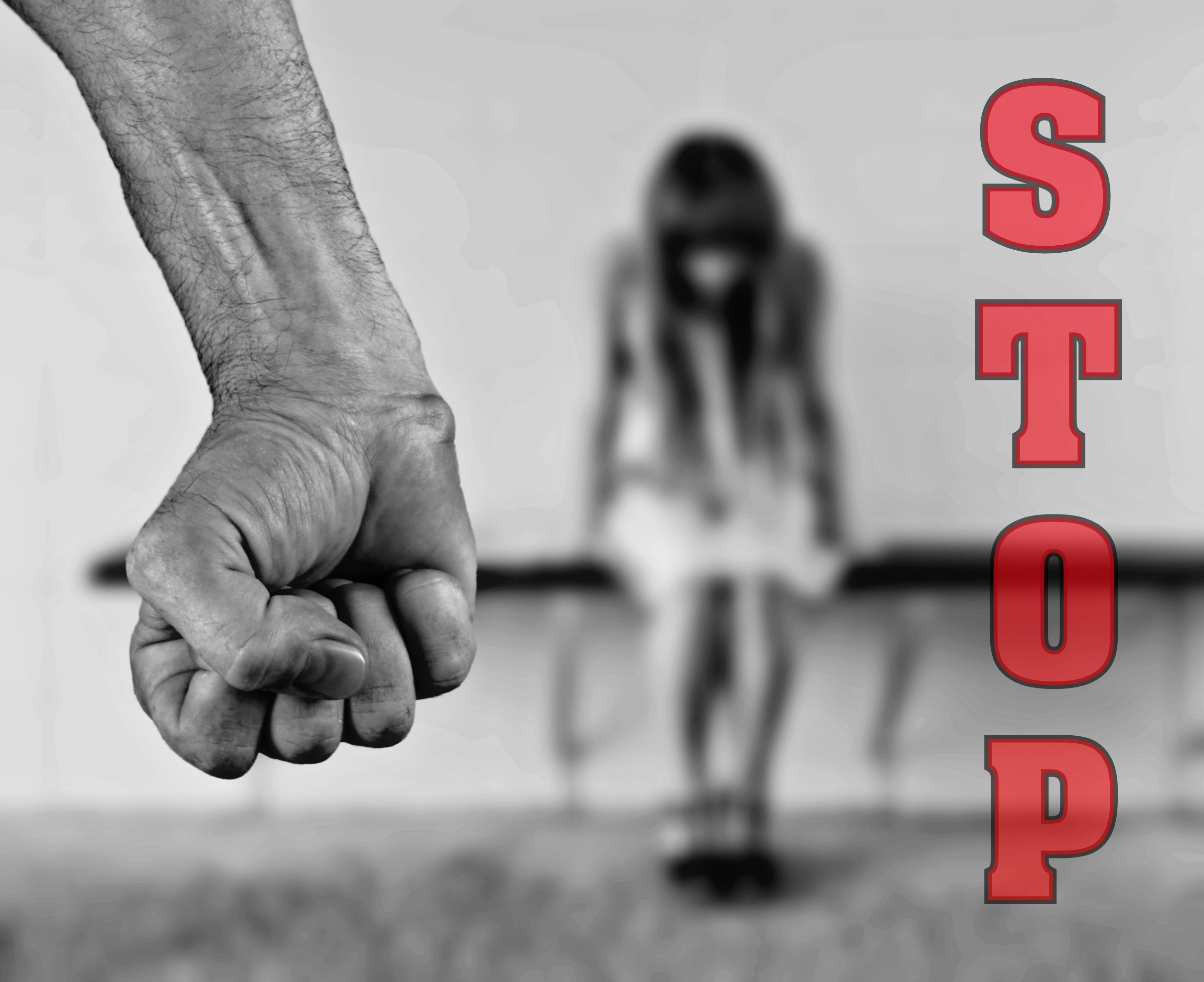
1. Did you know that prior to the PWDVA, 2005 (the Protection of Women from Domestic Violence Act), there was no structured legal recourse that women could seek when they faced domestic violence? For the first time, the Act legally defined “domestic violence”, including physical violence and also other forms of violence such as emotional/verbal, sexual, and economic abuse.
To ensure swift redressal and rightful implementation of the PWDVA, Women’s Rights Organizations work in close tandem with government departments. They focus on sensitising people about the law, along with helping women subjected to Gender-Based Violence seek justice.
Gender-Based Violence includes ‘forced marriage’, ‘denial of resources/opportunities/services’, and ‘psychological/emotional abuse’.
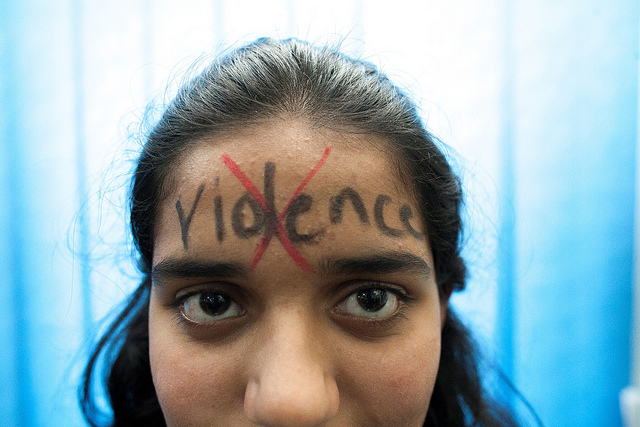
2. In the past, advocacy efforts at the national level have led to an increase in the budgetary allocations for the implementation of PWDVA from 20 crores to 67.5 crores in 2013. Certain states have developed strong implementation models, making it easier for women to file ‘Domestic Incident Reports’ that result in immediate relief to the survivors.
Work continues in the rest of the country to strengthen the Act’s implementation.
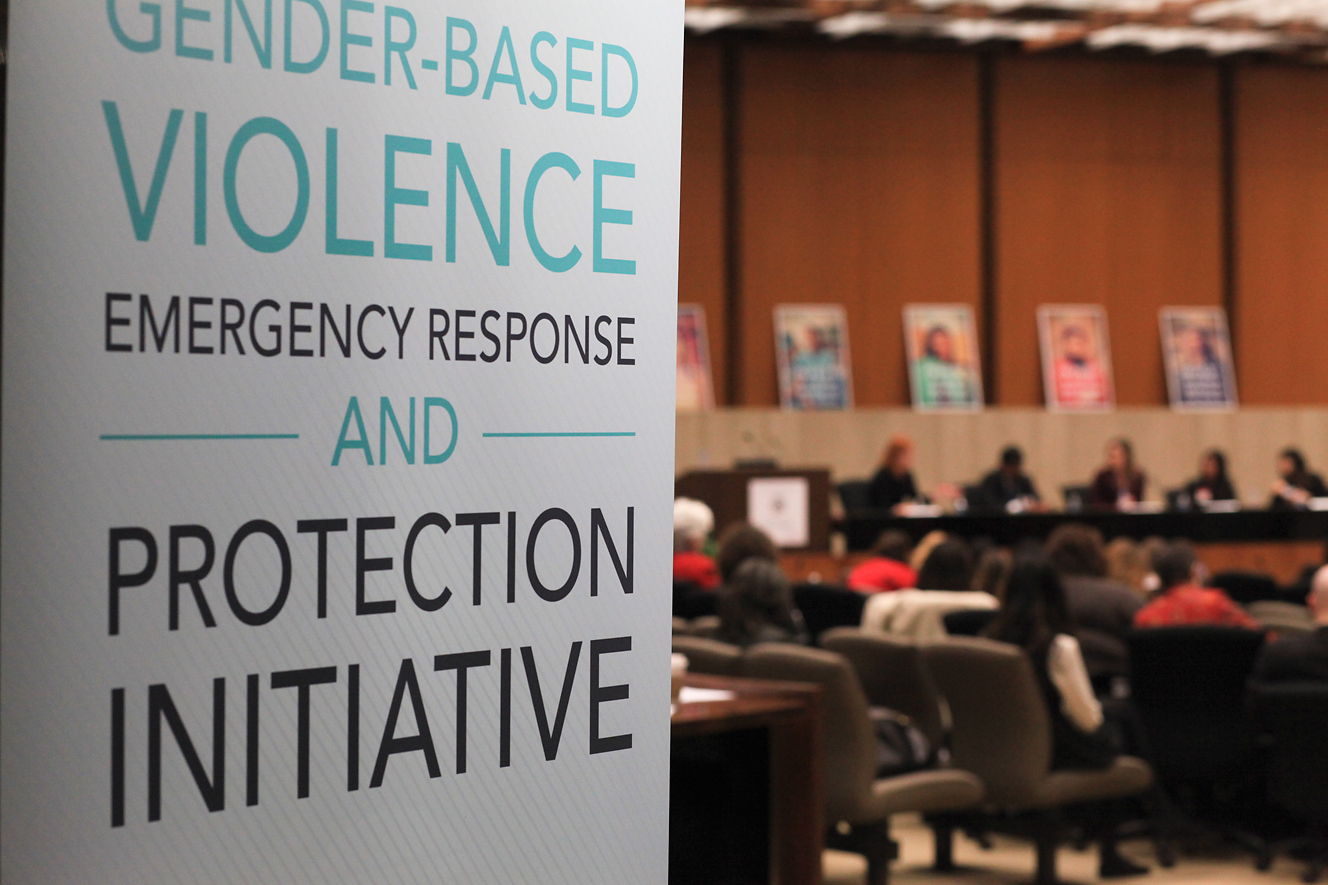
3. Did you know that in India, an incident of domestic violence is reported once every five minutes? This illustrates that however hesitantly, more and more women are seeking help.
Above all, they have begun to understand they have the legal right to fight back when abused inside households.
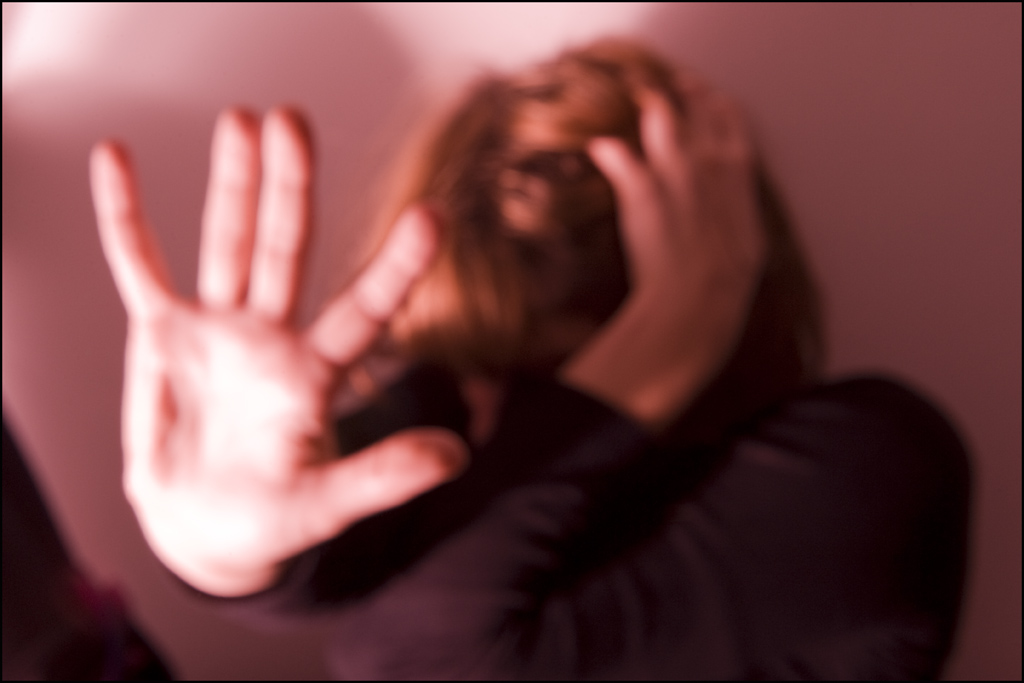
4. Did you know that women organizations and grassroots activists working closely with domestic violence survivors believe that, if implemented in its full spirit, the Act holds immense potential to provide sustained relief to the survivors and their children? Some of the key recommendations for strengthening this milestone law include:
- Need for greater coordination between Central and State Governments.
- Clearer data analysis and interpretation of the National Crime Records Bureau figures.
- Fixing definite role and responsibilities of the police, protection officers, and other key service providers.
- Need for a strong monitoring framework, key to tracking and managing the gaps in implementation of the Act.
- Gender sensitization for key implementing and enforcement agencies.
- Greater inclusion of community-level organizations such as village panchayats and community health centres.
- Emphasis on importance of training of lawyers and other officials who deal with the survivors, right from the reporting to counselling stages.
- Improved mechanisms to reduce difficulties faced by domestic abuse survivors while filing FIRs/complaints, seeking dignified livelihoods, and approaching different state- and local-level agencies for relief and receiving legal entitlements.
- Adequate budgetary allocations, and reallocation of resources for swifter redressal.
Help CARE India empower women and girls from poor and marginalised communities by volunteering, or through donations.
Like this story? Or have something to share? Write to us: [email protected], or connect with us on Facebook and Twitter.
NEW: Click here to get positive news on WhatsApp!
This story made me
- 97
- 121
- 89
- 167
Tell Us More
We bring stories straight from the heart of India, to inspire millions and create a wave of impact. Our positive movement is growing bigger everyday, and we would love for you to join it.
Please contribute whatever you can, every little penny helps our team in bringing you more stories that support dreams and spread hope.






